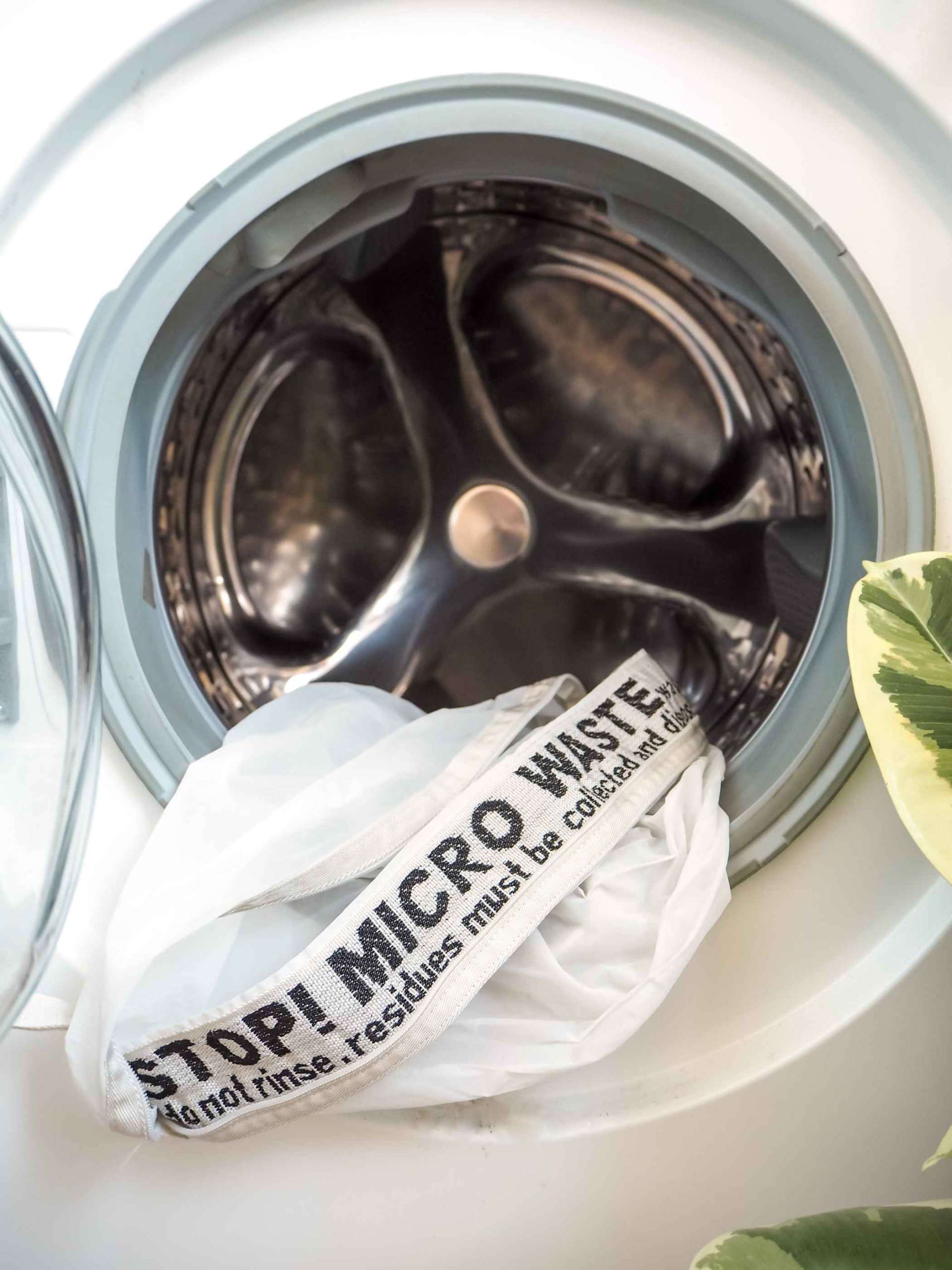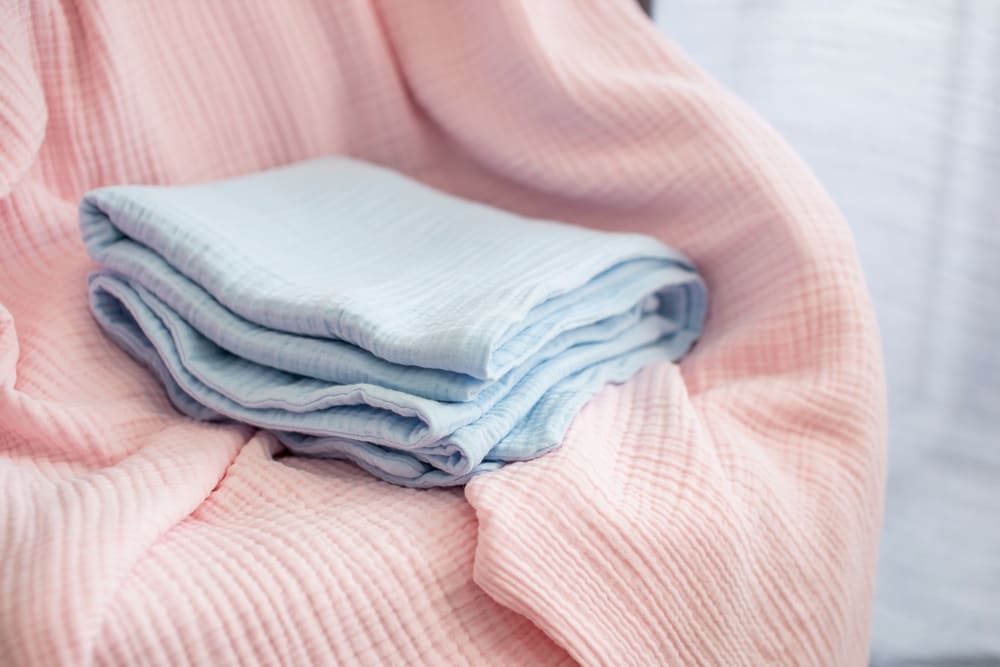Crepe : Things you need to know about this textured fabric



| Fabric | Crepe |
| Types | Aerophane, Beauté satin, Canton crepe, Crèpe anglaise, Crêpe de santé, Crepeline, Crépon, French crepe |
| Major Exporter | China (for silk based crepe), Australia (for wool based crepe) |
| Used For | Scarves, shawls, wraps, dresses, eveningwear, hats, mourning wear, high fashion, curtains |
| Thread Count | Depends on the fabric used |
| Breathability | Usually high (depends on the fabric used) |
Crêpe, commonly spelt as crepe, is a distinctive fabric with a crisp and crimped texture. It is traditionally made from silk but can be made from any fibre, natural or synthetic. The fabric is generally thin and sheer, fine and opaque but can also be heavy sometimes. Crepe has a unique style quotient because of its rich texture. It is because of this that many designers prefer crepes for high end or experimental fashion.
About Crepe, crepon or crespe
Crepe has a distinctive fabric surface which is achieved by twisting yarns or arranging a suitable weave structure or by employing warp tension or by some chemical treatment. So basically crepe is very much a weaving technique or fabric treatment. Crepe is said to have a three dimensional texture and is worn for ceremonial purposes.

The story of Crepe
The history of crepe is little unclear and the exact point of early manufacture has not yet been traced. Crepe has an historical association with mourning as women wore crepe dresses and veils at the time. Even today the Greek orthodox women avail Crepe clothing during mourning. It was after the 19th century that crepe became a popular choice of fabric outside the mourning. Eventually a company called Courtaulds took over the crepe manufacture. Today crepe has no association with mourning and is popular as a textured fabric.
Why does Crepe have a unique popularity?
Crepe fabric is most popular for its texture which can be achieved on any fabric material. Crepes are soft and sheer. Its drapability combined with its texture can give rise to a unique fashion. Crepe offers an effortless fall and there is no problem of shinkage. It has a relative moisture wicking profile and is a breathable fabric. The breathability of the fabric is high when it is made from organic ones like silk or cotton.
Uses of Crepe
Scarves, shawls, wraps, dresses, eveningwear, hats, mourning wear, high fashion, curtains are common articles that can be made from crepe. Crepe scarves are popular as a stylish option.

Season for Crepes
Crepe is summer friendly hence summer is a wonderful choice for summer wardrobe. The lightweight variant and breathability makes it a good summer wear.
Leading Exporters of Crepe
Since crepes can be made from any fabric, its production depends of the kind fabric available in a country. China is the leading exporter of silk based crepe while Australia leads the exportation of wool based crepe.
Types of Crepes
Aerophane is a type of crepe that has a distinctive gauze-like texture.
- Bauté satin is an intricate crepe design involving warp weaving with a reversed plain crepe design. It’s a popular French crepe variety that’s still widely used today.
- Canton crepe was produced exclusively in China, this unique crepe style is still seen in many Asian-inspired crepe garments.
- Crepe anglaise is black-and-white crepe type that was once synonymous with the rural English lifestyle.
- Crepe de sante is known as health crepe. It is rough and undyed.
- Crepeline is noted for its incorporation of various modern textile production processes.
- Crepon is generally made from heavier fabric
- French crepe or flat crepe is commonly used in lingerie.
Environmental Impacts
Crepe fabric based on silk is environmentally safe because of its biodegradable nature. Synthetic fabrics like rayon or polyester are harmful for the environment hence crepe with synthetic fabrics as their raw material is bound to impact the environment negatively. The synthetic fabric creates plastic pollution as the fibres don’t degenerate. Hence the sustainability of crepe depends upon the root fabric used for the technique. Silk based crepe receives certification from Silk mark. Wool based crepe is certified by Wool Mark or Responsible Wool Standard (RWS). Synthetic crepe certified by Global Recycled Standard (GRS) on ground of recycled fabric.



















